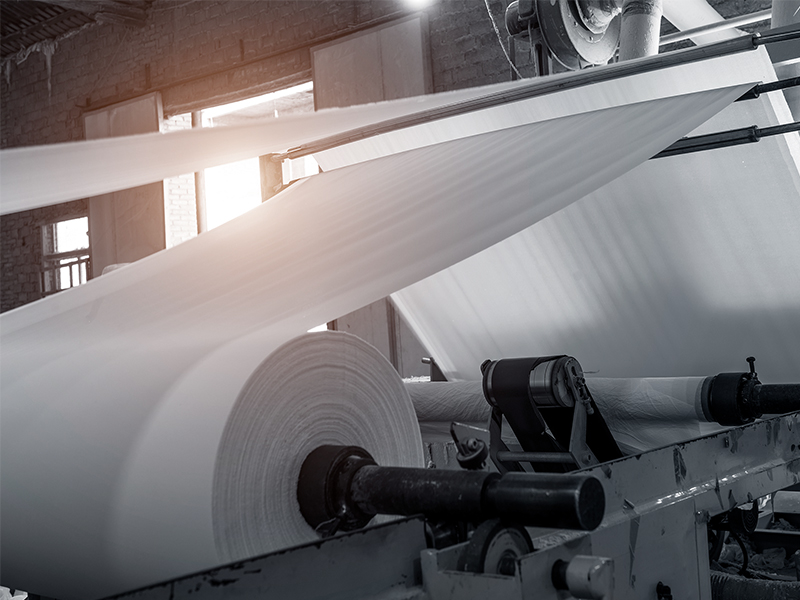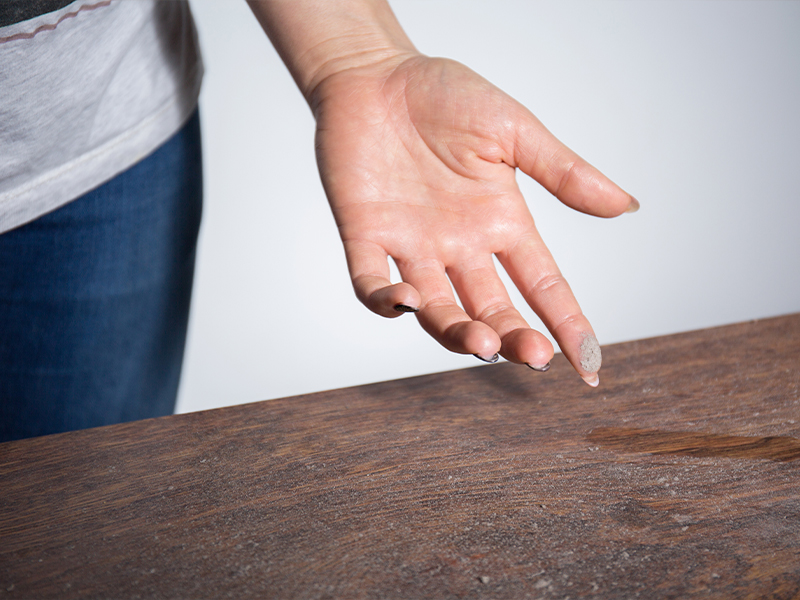Humidification in print shops
Even if reading has gone a little out of fashion, paper is still in demand as a raw material. Paper is required not only for newspapers and books, but also for parcels, packaging, insulating material, bank notes, and furniture. To avoid corrugated cardboard beds collapsing, to ensure packaging material provides safe protection, and so documents remain intact, paper and printed products must be stored and processed correctly.
Maximum precision and perfect humidity are required if newspapers are to be rattled off the rotary offset press at 55 km/h.
Paper is hygroscopic
Hygroscopic materials are substances that can trap moisture in their cell structure. At low humidity, the air extracts moisture from the materials, often damaging the cell structure and causing cracks to form.
Static charges
Static charge can occur on unearthed production equipment, or on the textiles themselves.
At a relative humidity of 50–55%, damp air increasingly settles on ions, making them heavier and less mobile in the electric field. The conductivity of the air and the material surfaces then increases, so that electrical charges are dissipated, which prevents the formation of potential differences.
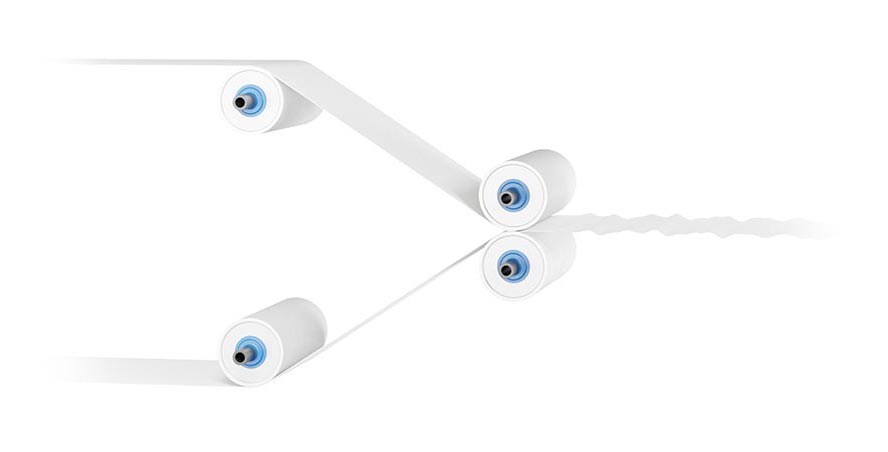 Dry air below 40% RH can cause
Dry air below 40% RH can cause electrical potential differences
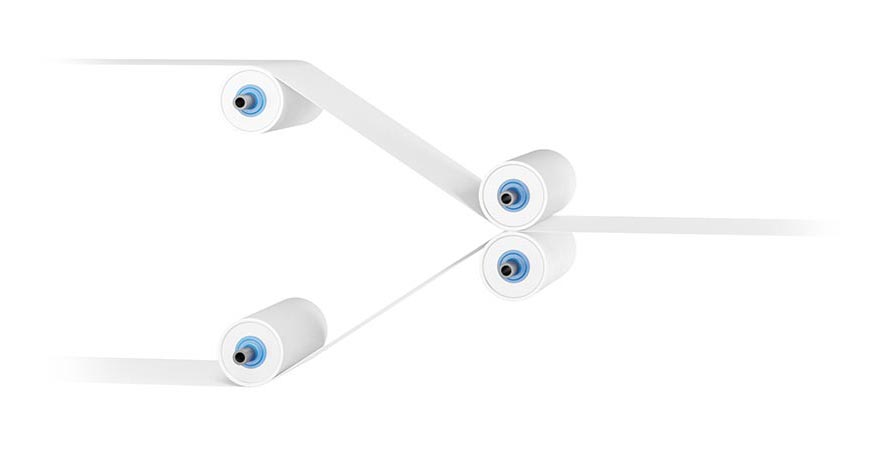 At 50–55% RH, electrical charges can dissipate
At 50–55% RH, electrical charges can dissipatedue to the increased conductivity

Perfect printing results
For the highly sensitive rotary printing facilities, the air humidity must be kept at a constant level of 60 percent at ambient temperatures of 20–25 degrees Celsius. If the ambient air is too dry, this increases the error probability and also shortens the service life of the printing presses. High-precision humidification also avoids the negative effects of static electricity and prevents any possible impact on the printing processes, such as misalignment or paper jams.

Preventing dust ingress
No matter whether offset, digital, rotary or package printing: For print shops, it is essential to guarantee optimum humidity for both product and production quality. For example, electrostatic charging caused by excessively dry air attracts dust from the environment and thus impairs the quality of the printed products and printing presses. With a humidity of 45–55 percent in the respective rooms, however, even the finer dust particles in the air are moistened. The moisture binds the dust, which consequently becomes heavier, sinks to the ground or does not rise into the air at all. Papers that are kept in too dry conditions also tend to generate dust themselves. In the process, fibers are released from the paper, combine and can therefore impair ink transfer and thus the quality of the printed image as a whole.
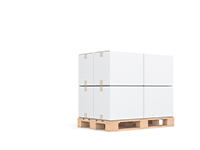
Storage of coated paper

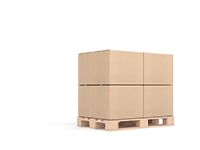
Storage of uncoated paper


Storage of books

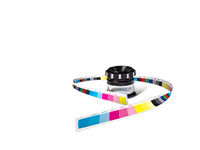
Photo printing

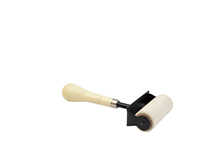
Screen printing


Hammam, Caldarium and Rhassoul
A hamam is a steam bath in which a special bathing ceremony is held,
and is an important part of Islamic bathing and physical culture.
The focus is...

Steam bath and steam shower
Nowadays, many hotels and health clubs offer spa facilities for the well-being of their guests and members:
A swimming pool, a sauna and more and mor...

Office Rooms
Employees must feel comfortable as they work. Motivation, efficiency, and health can be improved through contemporary design of the workplace. The ri...

Fashion Industry
An “electric shock” when touching a clothes rail; hair that takes on a life of its own when trying on clothes. Dry air can really spoil the fun of go...

Food Storage
Hygroscopic (moisture-drawing) foods interact with ambient humidity. They either absorb water vapor from their environment or give off water vapor.
T...

Data Center
In data centers, humidifiers primarily ensure that electrostatic discharges and damage to sensitive hardware are prevented.

Electronic Industry
The dryer the air, the quicker electrostatic charges occur and the stronger they are. Consistent protection against ESD (electrostatic discharge) has...

Automotive Industry
To achieve optimum results, paintwork must be applied to vehicles in optimum environmental conditions. Crucially, humidity and temperature must meet ...

Call Centers
A good room air humidity in a call center not only ensures the employees’ well-being, but also their performance and health. Today, respiratory illne...

Museums
Museums are charged with the task of preserving treasures of humanity and art. The innumerable, often unique and irreplaceable exhibits are worth man...
